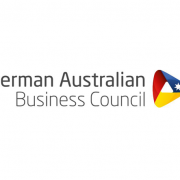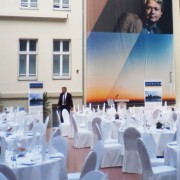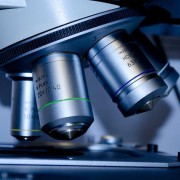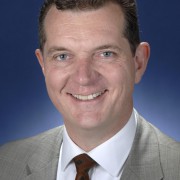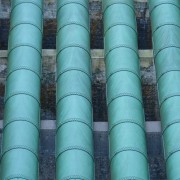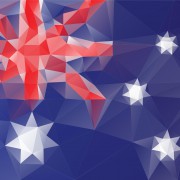
BACK TO OVERVIEW
Australian Economic Update, UK
Australian Economic Update Australian Business in the UK held their regular Australian economic update on 27 November 2014 at BHP Hilton’s spectacular offices overlooking London’s Victoria station with a great view down the Thames over the Houses of Parliament. Present by the Commonwealth Bank’s Chief Economist, Michael Blythe, the update touched on a number of the issues facing the Australian economy. The Australian government is rightly proud of its 23 years of continuous economic growth, which was even sustained during the global financial crisis. There is a general worry, however, that much of this growth is based in the resources sector, Michael attempted to dispel the myth that the current boom may lead to a bust as it has done in the past. Liquified natural gas is coming on tap which has required significant capital investment in the past few years, but the returns have not been generated as the gas is only now being delivered. Australia will soon be one of the world’s major exporters – and hopefully importers will continue to pay a good price. Australia has a rising population, driven mostly by immigration from around the world. One feature of the Australian economy compared to the German economy is the importance of the construction industry. Capital expenditure in the mining sector is decreasing, but remains strong in the residential sector as new houses are built. There is a risk that the residential building sector may be overheating and it appears that the Reserve Bank may even be preparing to control the supply of mortgages for domestic property. This would be a break from its previous policy position of not using such macroeconomic tools. Michael emphasized the need for more spending on infrastructure – this will require the Federal government to take initiatives and he confirmed in a question that the senate continues to block aspects of the 2014 budget, including the treasurer’s proposals to „recycle“ infrastructure assets by selling existing assets to investors and using the returns to invest in new infrastructure. Consumer expenditure is rising, but affected by job worries. Unemployment is currently around 6% and the Australian Bureau of Statistics is forecasting a small increase whilst other indicators suggest that the number may have plateaued. Education and tourism remain important factors in the economy. The number of visitors from China has risen to around 750,000 whilst the number from Japan and the UK has declined over the past ten years. Visas to attend educational establishments are still rising, driven at least partly by the rise in the Asian middle class. Dr. Robert Harrison



